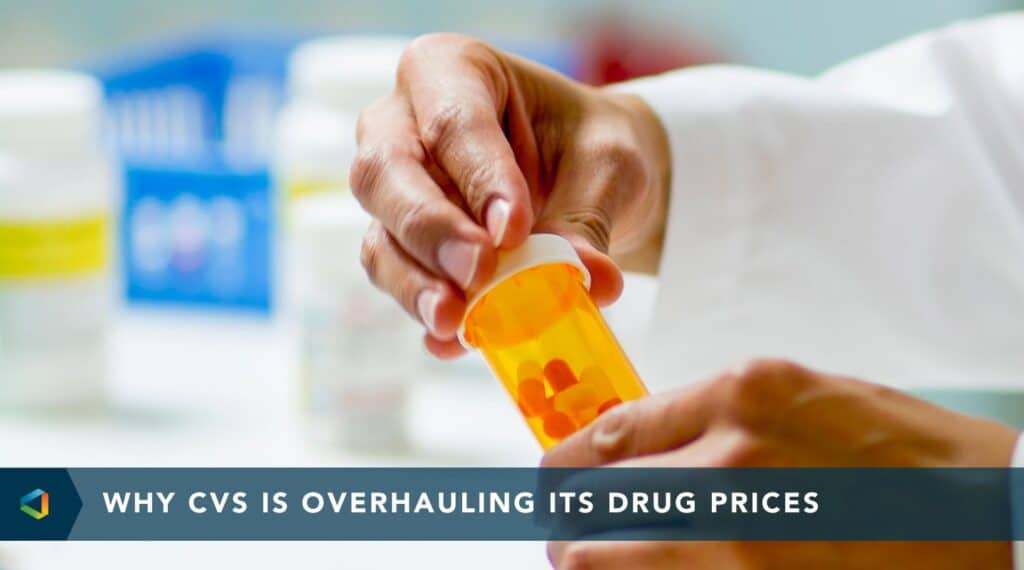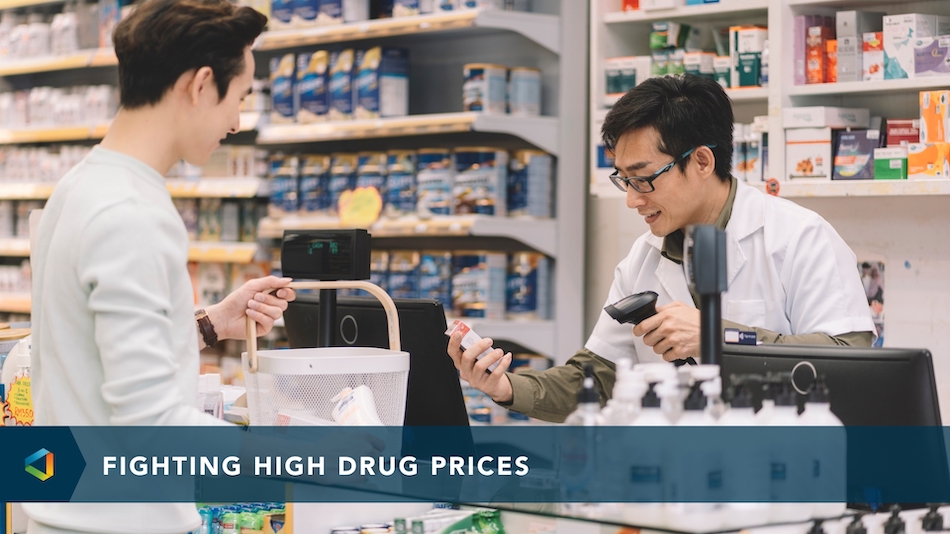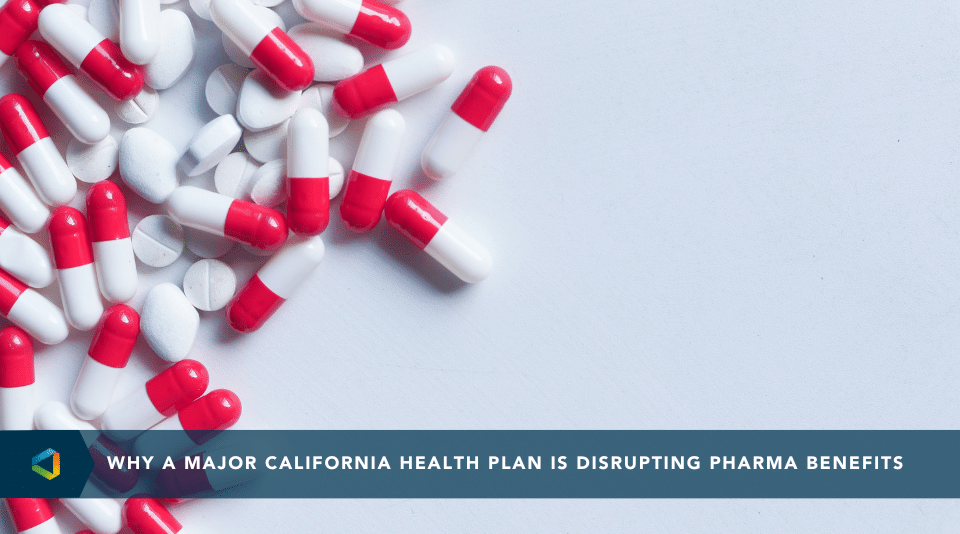Better Benefits, Lower Costs
What Amazon’s Subscription Drug Service Means for the Pharma Affordability Crisis
What Amazon’s Subscription Drug Service Means for the Pharma Affordability Crisis
The tech giant’s RxPass program is the latest effort to disrupt incredible cost increases for prescription medications.
On Jan. 24, Amazon announced a new Prime membership benefit from Amazon Pharmacy. RxPass will be available only as a subscription service for customers who have Amazon Prime memberships. For $5 a month, people can fill as many prescriptions as they need from a list of roughly 50 generic medications. The fee would be out of pocket and in addition to an Amazon Prime membership fee.
Amazon noted that Prime members could get discounts of up to 80% off generic drugs and 40% off brand-name medications at more than 60,000 pharmacies across the country. Medications that treat more than 80 common conditions—such as high blood pressure, anxiety and acid reflux—are included in the subscription. A complete list of RxPass medications can be found here.
Any customer who pays more than $10 a month for their eligible medications will see their prescription costs drop by 50% or more, plus they save time by skipping a trip to the pharmacy.
— John Love, Vice President of Amazon Pharmacy
RxPass is available in most states but has yet to send medications to California, Louisiana, Maryland, Minnesota, New Hampshire, Pennsylvania, Texas and Washington. Additionally, people with government-funded Medicaid or Medicare coverage aren’t eligible. Amazon accepts most health insurance plans except for use with RxPass. It also said customers may use their health savings or flexible spending accounts when not paying through RxPass.
Healthcare costs in the United States have risen sharply over the past two decades, and prescription drug affordability is a major factor in that growth.
According to the Kaiser Family Foundation, 62% of adults take at least one prescription drug, and 25% say they take four or more medications. However, 32% of adults say they have difficulty affording their prescriptions. Unsurprisingly, the more prescriptions a person has, the harder it becomes to afford them. Not getting medications filled can result in poor short and long-term health outcomes for many Americans.
It is no secret that Americans pay much more for prescription medications than citizens of similarly developed countries. Global pharmaceutical sales currently sit at about $1.4 trillion per year, with the United States alone accounting for over $600 billion of that amount.
Americans, who constitute only 4% of the Earth’s population, are paying nearly half of the world’s pharmaceutical costs.
Amazon’s launch of RxPass is part of a sustained healthcare push by the company and represents an effort to increase the accessibility of pharmaceuticals in the United States. While the tech giant certainly has enough resources and capital to make a difference in this critical area, it should be noted that the current version of RxPass does not cover the specialty medicines that are causing the lion’s share of financial hardship for Americans and their employers.
Richard Lo, Clinical Services Manager and pharmaceutical policy expert for OneDigital's Pharmacy Consulting division, had this to say about the potential impact of RxPass on the pharmaceutical status quo:
This new Amazon product continues to highlight the healthcare crisis regarding drug pricing and affordability. In addition to discount card and mail order programs, RxPass represents another consumer resource designed to promote adherence and achieve savings. The hope is that these programs will expand to include brand-name medications, which represent the main cost driver for many Americans. As a reminder, consumers need to consider the risks and benefits when using programs that are external to their pharmacy benefit.
— Richard Lo, Clinical Services Manager, OneDigital Pharmacy Consulting
Employers should continue to monitor healthcare trends, utilization, and spending in order to make the best policy decisions for their organizations. For more healthcare-related resources and customized analysis and advice, contact a OneDigital consultant today.
To better understand the impact that high drug costs can have on employee wellbeing, read: How Health Care Costs Are Contributing to Financial Issues Among Employees.




